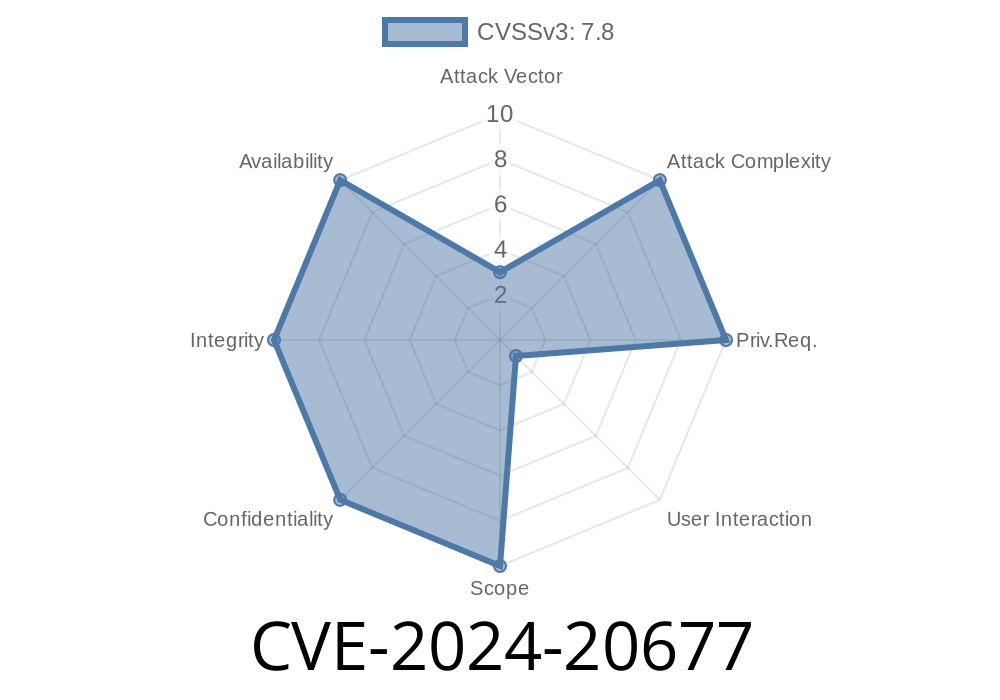Abstract: A recent vulnerability, identified as CVE-2024-20677, has been discovered in the way FBX files are handled by Microsoft Office products. This article details the exploit, provides code snippets, and discusses the initial mitigation efforts taken by Microsoft to protect users from the potential of remote code execution.
Introduction
FBX (Filmbox) is a popular file format developed by Autodesk for 3D modeling and animation. It is widely used across a range of industries, including gaming, film, and architecture. Unfortunately, a newly discovered vulnerability in the way FBX files are handled allows for remote code execution, affecting numerous Microsoft Office products. This vulnerability, designated CVE-2024-20677, poses a serious threat as it can potentially lead to unauthorized access to sensitive information on affected computers.
Original References
Microsoft Security Response Center (MSRC): CVE-2024-20677
Exploit Details
The vulnerability stems from improper input validation and a lack of rigorous bounds checks when handling FBX files in Microsoft Office products. This can be exploited by a malicious attacker to inject code and potentially execute arbitrary code remotely.
Here is a simplified code snippet illustrating the vulnerability
void processFBXFile(char *fbx_data){
char buffer[256];
int data_length;
data_length = strlen(fbx_data);
if(data_length > 256){
// No bounds checking, potential buffer overflow
}
strcpy(buffer, fbx_data);
}
This simple example demonstrates the lack of proper bounds checking when processing an FBX file, potentially leading to a buffer overflow and allowing for remote code execution.
Mitigation Measures
Upon identifying CVE-2024-20677, Microsoft immediately disabled the ability to insert FBX files in Word, Excel, PowerPoint, and Outlook in affected Office versions for Windows and Mac. Along with this, as of February 13, 2024, the ability to insert FBX files has also been disabled in 3D Viewer. This measure effectively mitigates the immediate risk associated with the vulnerability.
It's important to emphasize that 3D models that were previously inserted from an FBX file will continue to function as expected, except in cases where the "Link to File" option had been chosen at the time of insertion.
Final Remarks
While this vulnerability presents a serious risk to users, Microsoft has worked quickly to mitigate its potential impact. Moving forward, users should ensure they have installed the necessary security updates from January 9, 2024, and are running the latest versions of Office software.
Further details on the vulnerability, as well as future updates, can be found at the Microsoft Security Response Center. Be sure to regularly check for updates to stay informed and protect yourself from cybersecurity threats.
Timeline
Published on: 01/09/2024 18:15:50 UTC
Last modified on: 04/11/2024 20:15:13 UTC
